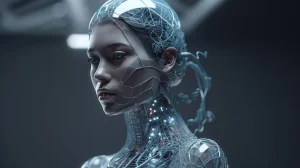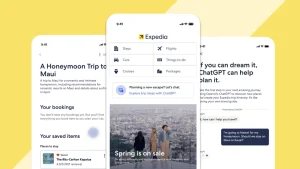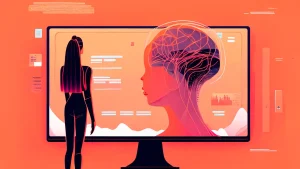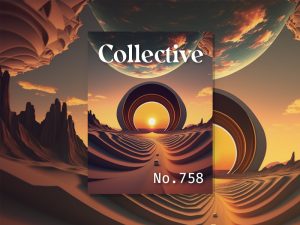Unveiling the Dark Side of UX Design: Politics, Bureaucracy, and Managing Stakeholders for Success*
Unveiling the challenges of stakeholder management in UX Design: Strategies for effective communication and success in a politically charged landscape












